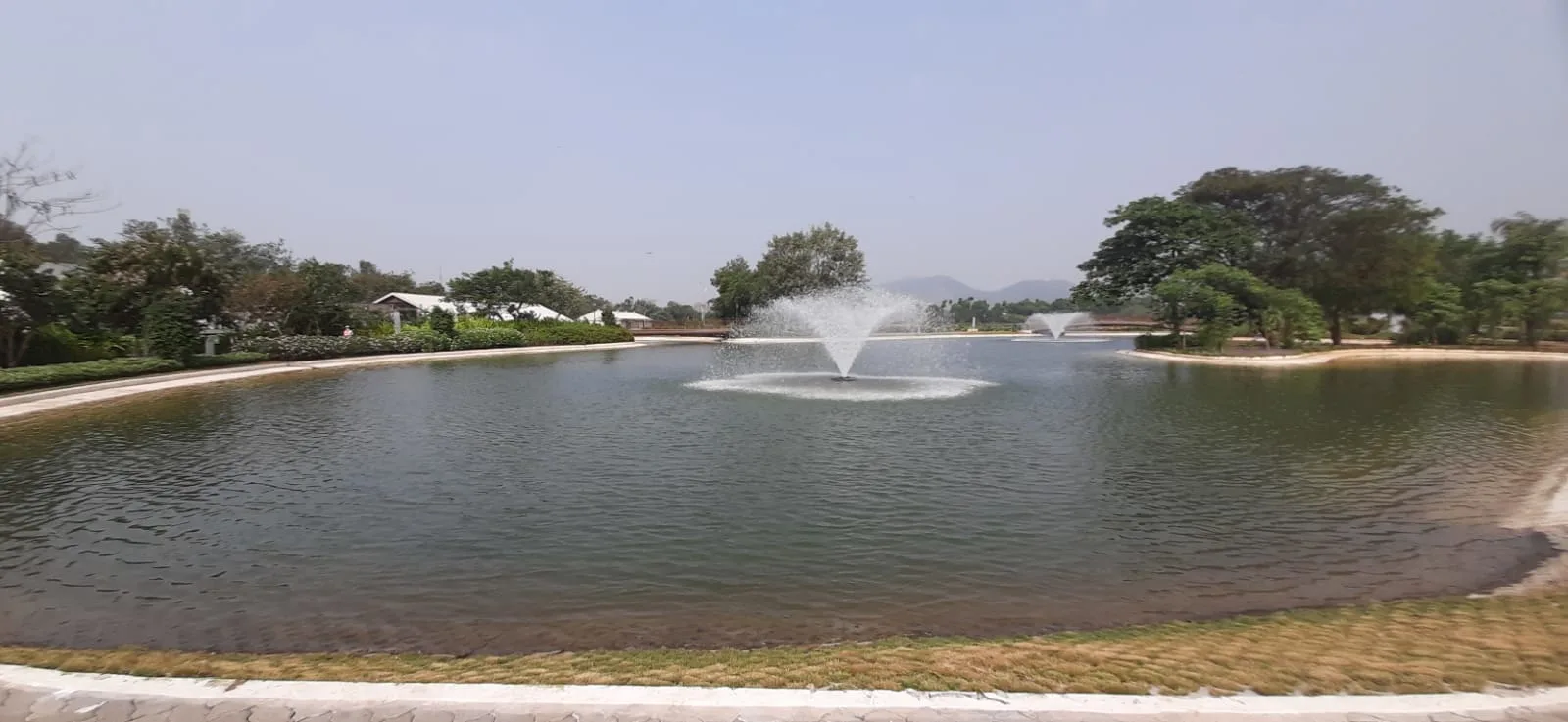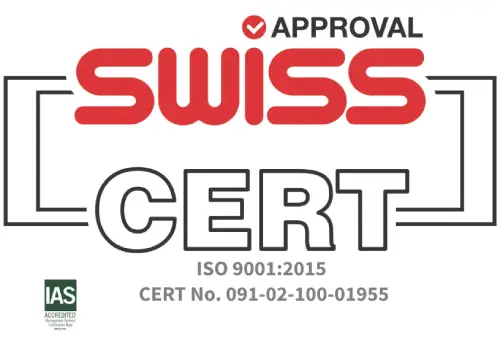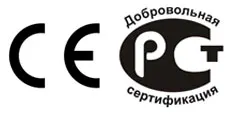
Traditional pond lining materials often crack, leak, or degrade under sunlight, chemicals, and temperature changes—leading to water loss, high maintenance, and harm to aquatic life.
Polygomma’s EPDM Pond Liner is built to solve these issues. Made from flexible, UV-resistant, and non-toxic EPDM rubber, our liners deliver long-term protection for ponds of all shapes and sizes.
What is an EPDM Pond Liner?
EPDM pond liners are a high-quality waterproof liner manufactured form synthetic EPDM rubber. It has excellent resistance to UV exposure, ozone, temperatures variations, and oxidation which allows our EPDM pond liners to retain their mechanical properties for a very long time, even in exposed conditions. The EPDM pond liners have a service life of beyond 25 years in exposed conditions.
- Highly durable: Resists cracking, wear, and chemical exposure
- Flexible: Adapts to irregular pond shapes and ground movement
- Easy to install: Factory-seamed, wide rolls reduce jointing work
- Aquatic-safe: Non-toxic and meets FDA water safety guidelines
- Proven quality: Over 60 years of rubber industry expertise
- Eco-conscious: Long-lasting alternative to plastic pond liners
- Fishponds and hatcheries
- Decorative ponds and waterfalls
- Irrigation canals and water reservoirs
- Golf courses and landscaping
- Industrial waste containment
| Property | Details |
| Material | Synthetic EPDM Rubber |
| UV Resistance | Yes |
| Temperature Range | -40°C to +160°C |
| Elongation | >300% |
| Surface Compatibility | Exposed and Buried Applications |
| Applicable Product Standards | EN 13361(CE marked), ASTM D-7465 |
| Aquatic Life Safety | Tested as Per ASTM E729-2002 |
| Food-Contact Safety | FDA 21 CFR 177.2600 (conditions apply) |
| Widths Available | Up to 15.25 meters (50 feet) with factory vulcanized seams |
FAQ’s
Yes, the liner is non-toxic and chemically stable, making it safe for fish, aquatic plants, and other pond life. However, it is recommended to test our EPDM liner to make sure it meets your specific requirements.

Enquire Now
As soon as you contact our expert team, this will be the only form you have to fill in!

